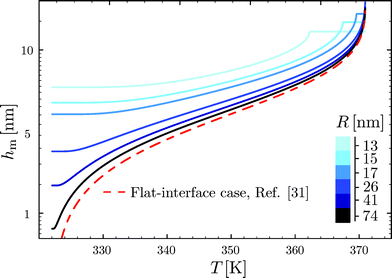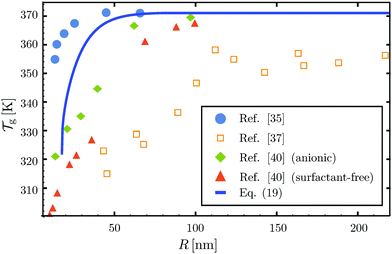 Open Access Article
Open Access ArticleCreative Commons Attribution 3.0 Unported Licence
Correction: Cooperative strings in glassy nanoparticles
Maxence
Arutkin
a,
Elie
Raphaël
a,
James A.
Forrest
abc and
Thomas
Salez
*abd
aLaboratoire de Physico-Chimie Théorique, UMR CNRS Gulliver 7083, ESPCI ParisTech, PSL Research University, 75005 Paris, France. E-mail: thomas.salez@espci.fr
bPerimeter Institute for Theoretical Physics, Waterloo, Ontario N2L 2Y5, Canada
cDepartment of Physics & Astronomy and Guelph-Waterloo Physics Institute, University of Waterloo, Waterloo, Ontario N2L 3G1, Canada
dGlobal Station for Soft Matter, Global Institution for Collaborative Research and Education, Hokkaido University, Sapporo, Hokkaido 060-0808, Japan
First published on 25th April 2017
Abstract
Correction for ‘Cooperative strings in glassy nanoparticles’ by Maxence Arutkin et al., Soft Matter, 2017, 13, 141–146.
The authors would like to correct errors in the legends of the published Fig. 2 and Fig. 3. The correct versions of Fig. 2 and Fig. 3 are shown below.
The Royal Society of Chemistry apologises for these errors and any consequent inconvenience to authors and readers.
| This journal is © The Royal Society of Chemistry 2017 |




